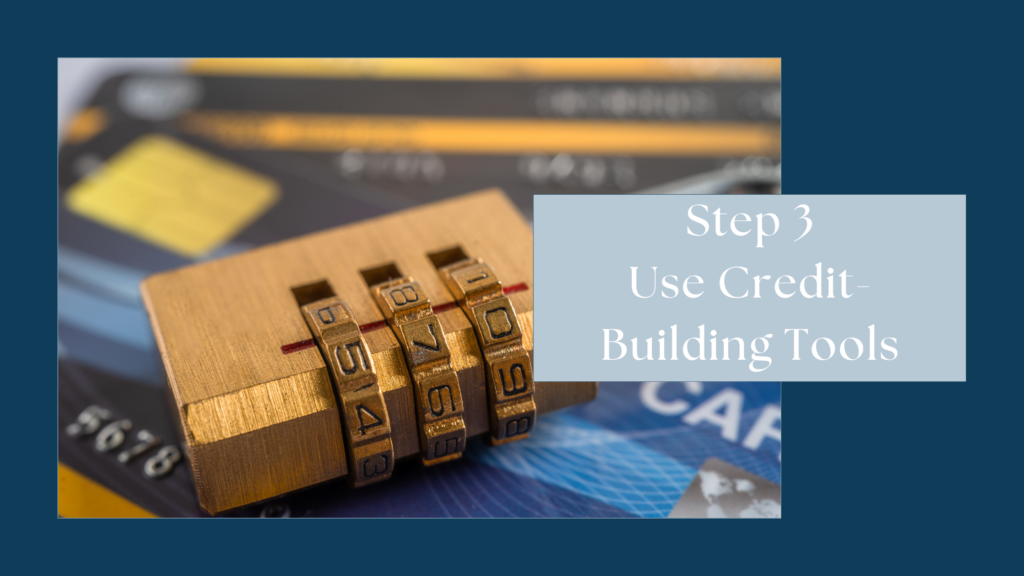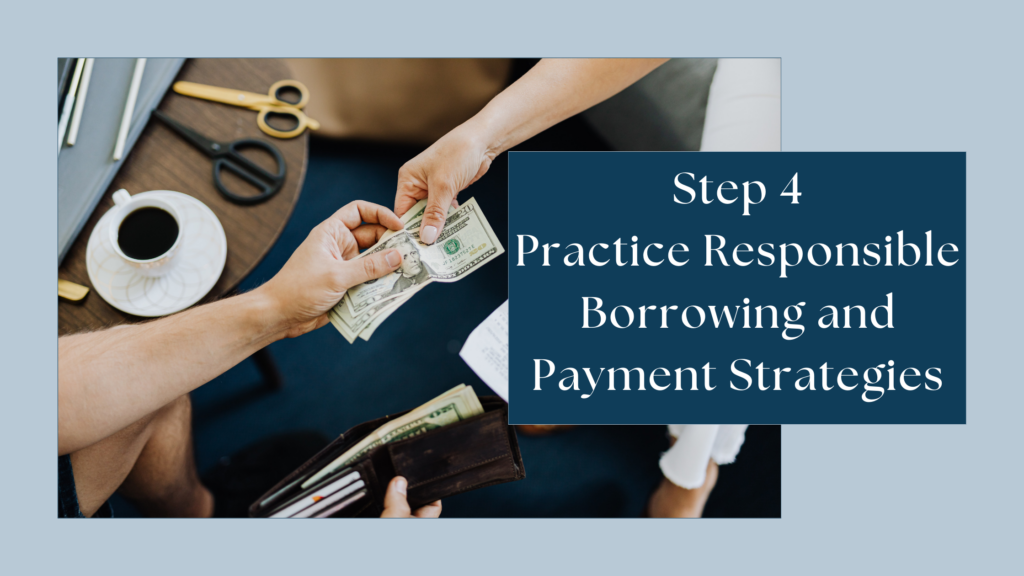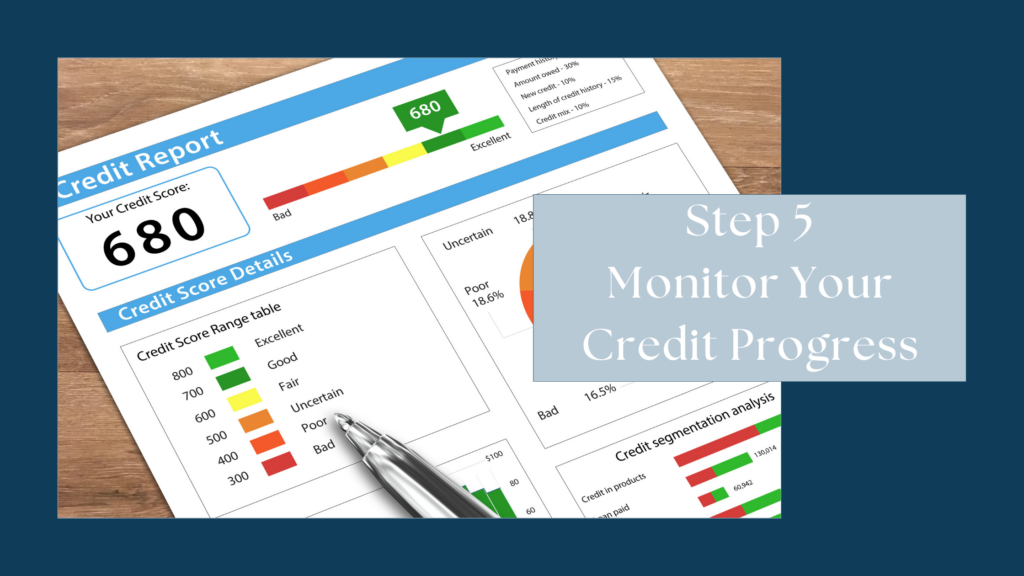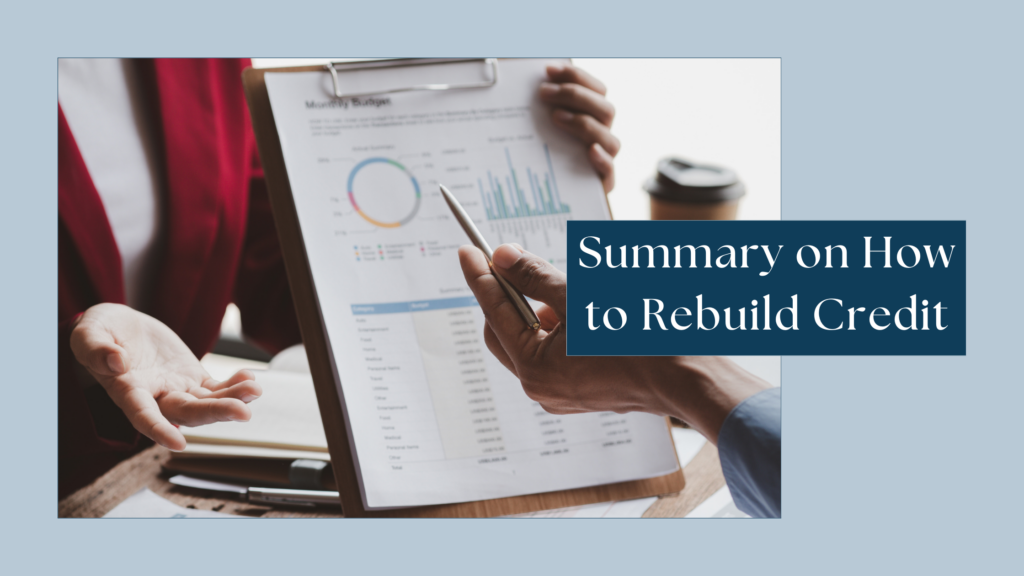
Expert Strategies to Rebuild Credit After Debt Settlement
In today’s challenging economic landscape, many Americans are seeking effective ways to rebuild credit after experiencing debt settlement. Whether you have recently completed a debt settlement program, declared bankruptcy, or consolidated your debt, recovering and strengthening your credit profile is crucial to unlocking new financial opportunities. In this comprehensive guide tailored for Debt Medic USA, we outline actionable steps, expert advice, and valuable resources to help you regain control of your financial future. Let’s dive into the steps and strategies that can help you rebuild your credit effectively.

Understanding Debt Settlement and Its Impact
Before embarking on the journey to rebuild credit, it’s important to understand how debt settlement affects your credit history and what it signifies for your financial journey.
What Is Debt Settlement?
Debt settlement is a process designed to help individuals manage overwhelming debt by negotiating with creditors to reduce the total amount owed. While settling your debt can provide much-needed financial relief, it often leaves negative marks on your credit report. These marks can include late payments, charge-offs, or a notation indicating that the debt was settled for less than the full balance. Although these entries can temporarily lower your credit score, they also signal a turning point—a chance to learn from past financial challenges and take positive steps toward recovery.
The Long-Term Impact on Your Credit Report
After completing a debt settlement program, your credit report may still display negative entries that affect your score. However, these setbacks do not have to define your financial future. With time, discipline, and a clear strategy, you can improve your credit history. It’s essential to review your credit reports regularly from major credit bureaus like Equifax, TransUnion, and Experian. Regular monitoring not only helps you spot errors but also provides insights into the factors most significantly impacting your credit score.
For more detailed information on how to understand and manage your credit report, consider resources provided by the Consumer Financial Protection Bureau (CFPB).

A Step-by-Step Roadmap to Rebuild Credit
Rebuilding your credit after debt settlement involves a series of strategic steps that lay the foundation for a healthier credit profile. Each step is crucial to regaining financial stability and opening doors to better credit opportunities.

1. Review and Dispute Your Credit Report
The first step in your journey to rebuild credit is to obtain and carefully review your credit reports.
– Request Your Free Credit Report: In the United States, you are entitled to a free annual credit report from each of the three major credit bureaus through AnnualCreditReport.com. Take advantage of this resource to identify any discrepancies or outdated information.
– Dispute Inaccuracies: If you discover any errors on your report, file a dispute with the appropriate credit bureau immediately. Correcting inaccurate information can lead to a positive and swift improvement in your credit score.
– Analyze Your Credit History: Determine which factors have contributed to your current score. Understanding these elements allows you to develop a targeted strategy to improve your credit profile.
Regular credit report reviews are an essential habit that keeps you informed and on track to rebuild your credit effectively.

2. Develop a Realistic Budget and Savings Plan to Rebuild Credit
A realistic budget is a cornerstone of financial recovery. It not only helps manage your daily expenses but also enables you to allocate funds toward rebuilding your credit.
– Track Your Expenses: Begin by keeping a detailed record of your spending. This practice can reveal areas of unnecessary expenditure and opportunities to save.
– Set Clear Financial Goals: Establish both short-term and long-term goals, such as paying off specific debts or building an emergency fund. Clear goals can provide direction and motivation.
– Prioritize Timely Payments: Make it a priority to pay all your bills on time. Late payments can further damage your credit score, so setting up reminders or automatic payments can be very beneficial.
– Automate Your Payments: Use your bank’s online bill pay services or set up automatic payments for recurring bills. This strategy helps ensure that payments are made on time, contributing positively to your credit history.
A well-planned budget demonstrates to creditors your commitment to managing your finances responsibly—an essential element in your journey to rebuild credit.

3. Use Credit-Building Tools: Secured Credit Cards and Credit Builder Loans
Secured credit cards and credit builder loans are effective tools to help you rebuild credit by establishing a positive payment history.
– Secured Credit Cards: These cards require a cash deposit that typically serves as your credit limit, reducing the risk for lenders. By using a secured credit card responsibly—keeping your balance low and paying off the full amount each month—you can demonstrate your creditworthiness and gradually improve your score.
– Credit Builder Loans: These are small loans specifically designed for individuals looking to build or rebuild their credit. With a credit builder loan, the borrowed funds are held in a secured account until you complete your payments. As you make consistent, on-time payments, your progress is reported to the credit bureaus, gradually enhancing your credit profile.
Both secured credit cards and credit builder loans act as stepping stones toward qualifying for traditional credit products with better terms in the future.
For more information on credit-building options in the United States, visit reputable sources like the CFPB or check out guidance from major financial institutions.

4. Practice Responsible Borrowing and Payment Strategies
Adopting responsible borrowing habits is vital when you’re working to rebuild credit.
– Make Timely Payments: Always pay your bills and credit accounts on or before the due date. Consistent, on-time payments are a critical component of a healthy credit score.
– Keep Credit Utilization Low: Aim to use less than 30% of your available credit. High credit utilization can indicate financial strain and lower your credit score.
– Avoid Unnecessary Debt: Only borrow what you truly need. This practice not only prevents additional debt accumulation but also demonstrates fiscal responsibility to creditors.
– Build a Positive Payment History: Even if you only have one credit account, regular, punctual payments will help improve your overall credit profile over time.
These practices form the backbone of a strong credit history and are essential steps in your journey to rebuild credit after debt settlement.

5. Monitor Your Credit Progress
Tracking your credit progress is critical to ensuring that your efforts to rebuild credit are effective.
– Utilize Credit Monitoring Tools: Many online services allow you to monitor your credit score and receive alerts about changes. These tools can help you quickly address any issues that arise.
– Review Your Reports Regularly: Set aside time every few months to recheck your credit reports. Early detection of discrepancies or issues enables you to resolve them before they significantly impact your score.
– Celebrate Milestones: Recognizing even small improvements can be highly motivating. Celebrating your progress reinforces positive financial habits and keeps you focused on your long-term goals.
Regular monitoring not only helps you stay informed but also provides motivation as you continue to rebuild your credit.

6. Seek Professional Credit Counselling
If the process of rebuilding your credit feels overwhelming, professional credit counselling can be a valuable resource.
– Certified Credit Counsellors: Look for professionals with a strong track record in assisting individuals with credit recovery. Organizations such as the National Foundation for Credit Counselling (NFCC) can help you find reputable counsellors.
– Tailored Financial Advice: A credit counsellor can offer personalized advice based on your unique financial situation, helping you develop a strategic plan to rebuild your credit.
– Additional Resources: Many counselling services provide workshops, online tools, and educational materials designed to assist you on your journey toward financial recovery.
At Debt Medic USA, we collaborate with trusted financial advisors who are dedicated to helping you regain control over your credit. Professional counselling can offer both expert advice and the support needed during this challenging process.

Long-Term Strategies for Sustained Credit Health
While the initial steps to rebuild credit are crucial, maintaining long-term financial health requires ongoing commitment and smart money management practices.
Embrace a Frugal Lifestyle to Rebuild Credit
Adopting a frugal lifestyle may seem challenging at first, but it is one of the most effective ways to manage your finances. By reducing unnecessary expenses and prioritizing essential needs over luxuries, you can save more money, pay down debts faster, and continue to build a robust credit profile.
Educate Yourself Continuously
Financial literacy is a powerful tool in your journey to rebuild credit. Stay informed about credit management, budgeting techniques, and debt reduction strategies by taking advantage of educational resources such as blogs, webinars, and online courses. The more you know about managing your finances, the better equipped you will be to make informed decisions that positively impact your credit.
Leverage Financial Tools and Technology
Modern technology offers many tools to help you stay on top of your finances. Budgeting apps like Mint or YNAB (You Need A Budget) can help you track your spending and manage your money effectively. Additionally, many banks and financial services offer mobile apps that make it easier to monitor your credit progress and manage your financial goals.
Avoid Common Pitfalls When Trying to Rebuild Credit
Be mindful of practices that can derail your progress:
– Limit Hard Inquiries: Avoid applying for multiple credit products in a short period, as each application can result in a hard inquiry that may temporarily lower your score.
– Beware of Predatory Lenders: Always research and choose reputable financial institutions before taking on new credit products.
– Stay Disciplined: Remember, rebuilding credit is a marathon, not a sprint. Maintaining discipline and patience is key to long-term success.

How Debt Medic USA Supports Your Journey to Rebuild Credit
At Debt Medic USA, we understand that rebuilding your credit after debt settlement can be both challenging and overwhelming. That’s why we offer a range of resources and personalized services designed to help you achieve your financial goals.
Personalized Financial Solutions
Our team of experts at Debt Medic USA is committed to creating customized plans tailored to your unique financial situation. Whether you need assistance with budgeting, selecting the right credit-building tools, or navigating the complexities of credit repair, we are here to support you every step of the way.
Access to Credit-Building Resources
We provide access to a variety of tools designed to help you monitor and improve your credit. From secured credit cards to credit builder loans, our recommendations are based on proven strategies that align with your financial objectives.
Educational Content and Workshops
At Debt Medic USA, we believe that education is the cornerstone of financial recovery. Our blog posts, webinars, and workshops offer up-to-date insights and practical tips on how to rebuild credit and maintain long-term financial wellness. Our commitment to your financial education ensures that you always have the knowledge needed to make informed decisions.
A Supportive Community
Rebuilding credit is a journey that shouldn’t be taken alone. At Debt Medic USA, we foster a supportive community where you can share experiences, ask questions, and gain insights from others facing similar challenges. Our ongoing support means expert advice and encouragement are always available.

Conclusion: Taking the First Step to Rebuild Credit
Rebuilding your credit after debt settlement is a process that requires determination, discipline, and the right guidance. By reviewing your credit report, creating a realistic budget, using credit-building tools, and practicing responsible financial habits, you are laying the groundwork for a stronger credit profile and a brighter financial future.
Take Action Today
Every step matters—whether you’re disputing a credit report error or making a timely payment. Each responsible decision brings you closer to a healthier credit profile. Your commitment to rebuilding credit today paves the way for better interest rates, improved loan terms, and long-term financial freedom.
At Debt Medic USA, we offer personalized advice and essential resources to support you. Visit Debt Medic USA and explore our blog for more tips on financial recovery. Take charge of your financial future now.

Summary on How to Rebuild Credit
By taking actionable steps to review your credit, manage your expenses, use credit-building tools, and seek professional advice when needed, you are well on your way to rebuilding your credit after debt settlement. Let Debt Medic USA be your trusted partner as you work toward a future where your credit reflects your true financial strength and commitment.
Start your journey today with confidence—rebuild your credit, regain control of your finances, and build a brighter, more secure tomorrow. For additional expert advice and further reading on financial recovery, visit Debt Medic USA and join our community committed to transforming financial lives.
